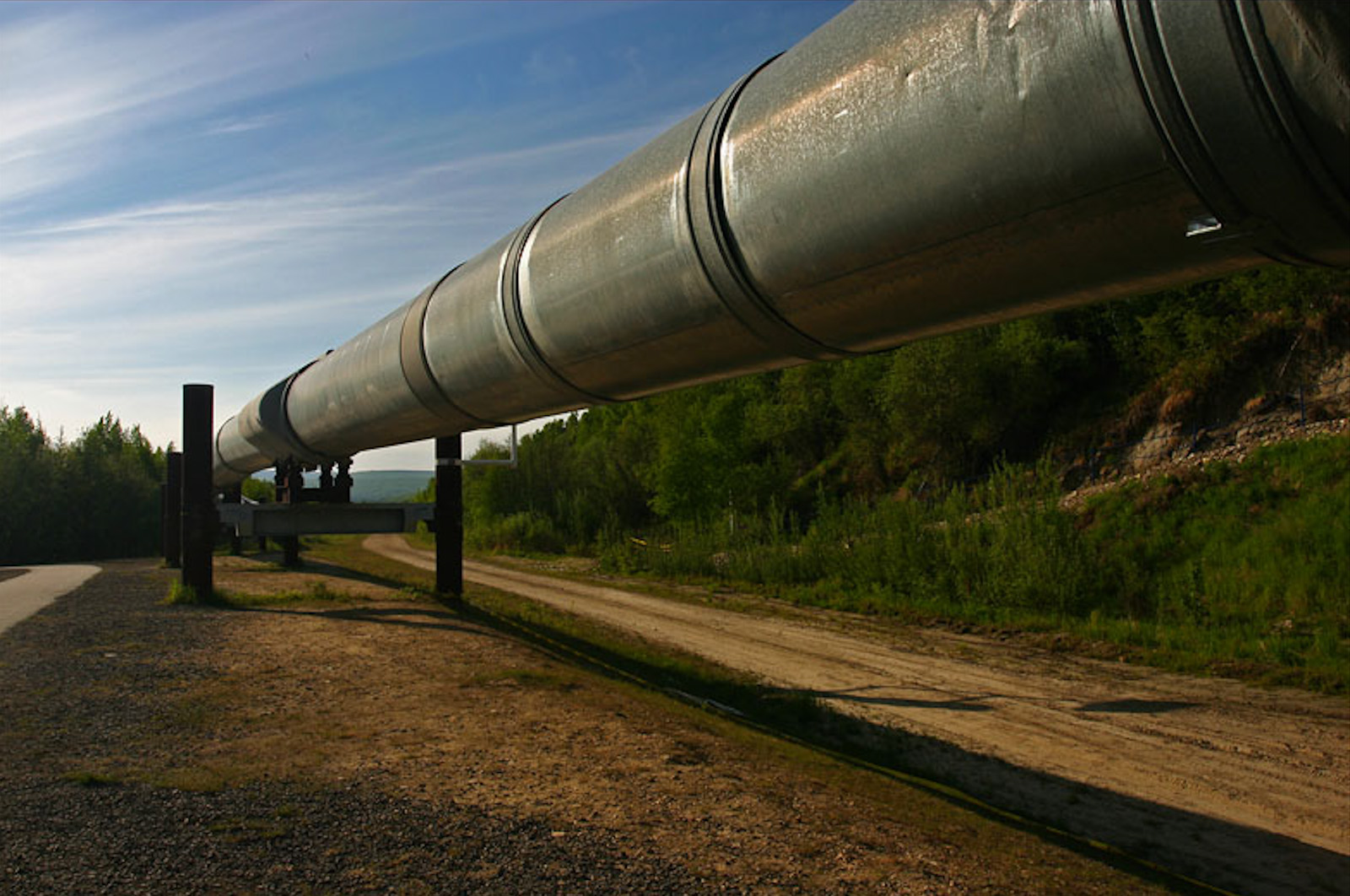TAPI pipeline's construction to start in 2015

By Aynur Jafarova
The construction of the Turkmenistan-Afghanistan-Pakistan-India (TAPI) gas pipeline is slated to start in 2015.
This remark was made by Turkmen President Gurbanguly Berdymukhamedov at a meeting of the Council of Elders, local media reported on October 21.
"The project for construction of the TAPI gas pipeline aims at ensuring the economic development of the participating countries and strengthening of political stability in the region," he said.The TAPI project with the proposed capacity of 33 billion cubic meters of natural gas per year will extend from Galkynysh field in Turkmenistan through the Afghan cities of Herat and Kandahar to its final point at a settlement on the Pakistani-Indian border.
The Asian Development Bank (ADB) serves as a transactional advisor on TAPI gas pipeline project. Its main task is to develop the project company TAPI Ltd., as well as to search for a leader of the consortium to implement one of the largest energy projects in the vast Asian space.
Experts believe that TAPI is not only a regional project envisaging the transportation of Turkmen gas, but also a global one. The implementation of the project will strengthen Turkmenistan's independence, and its gas supplies to world markets will increase significantly.
The project is an opportunity to contribute to the stability of Afghanistan, and its implementation could contribute to the rehabilitation process in the post-war country. It will also create job opportunities and provide Afghanistan with guaranteed income from the transit.
New branch of pipeline to China to be launched in 2016
Berdymukhamedov went on adding that the construction of the fourth - D branch of the Turkmenistan-China gas pipeline is supposed to be accomplished in 2016.
The China National Petroleum Corporation (CNPC) has been purchasing gas from the Central Asia since 2009 after the launch of the first two branches of the pipeline (A and B) running from Turkmenistan through Uzbekistan and Kazakhstan.
The third branch (C) of the gas pipeline has been launched recently along the same route.
China and Turkmenistan have an agreement to boost gas deliveries to 65 billion cubic meters by 2020. To this end, the additional fourth branch (D) is constructed through Uzbekistan, Tajikistan and Kyrgyzstan.
The D branch is about 1,000 kilometers long. It starts at the border of Turkmenistan and Uzbekistan, runs through Uzbekistan, Tajikistan and Kyrgyzstan, and goes to China.
Some 410-kilometer stretch of the gas pipeline will run from west to east through Tajikistan, 93 percent of the surface of which is a mountainous area.
In this regard, the construction process faces many difficulties, since the pipeline will run through 47 percent of rivers and 76 kilometers of tunnels.
China and Turkmenistan enjoy a natural advantage and huge capacities in energy cooperation. China is one of the key buyers of Turkmen gas, and intends to increase its annual purchases up to 65 billion cubic meters of gas.
Turkmenistan to build East-West pipeline by 2016
Berdymukhamedov also said Turkmenistan plans to build the East-West pipeline by 2016.
This pipeline begins from Turkmenistan's Shatlyk field and passes through the territories of the country's Mary, Akhal and Balkan regions reaching he Belek town on the coast of the Caspian Sea.
This project, looping Turkmenistan's all major gas storages into a single system, aims at creating favorable conditions for the export of Turkmen gas to the world markets.
Construction of the pipeline with a length of about 800 kilometers and worth over $2 billion will be carried out by Turkmenistan's Turkmenneftegazstroy and "Turkmengaz state concerns on their own.
Energy-rich Turkmenistan, a major energy producer in the Central Asian region and the fourth country in the world after Russia, Iran, and Qatar in terms of natural gas resources, is keen on expanding its access to the European and Asian markets.
Being one of the key players in the energy market of the resource-rich Caspian region, the Central Asian state produces about 70-80 billion cubic meters of gas a year. Under a program for oil and gas development, the country's annual natural gas production is expected to reach 250 billion cubic meters by 2030, mostly for export purposes.
As part of its energy strategy, Turkmenistan intends to increase its production volume and export of natural gas, and diversify supply routes to major world markets.
Here we are to serve you with news right now. It does not cost much, but worth your attention.
Choose to support open, independent, quality journalism and subscribe on a monthly basis.
By subscribing to our online newspaper, you can have full digital access to all news, analysis, and much more.
You can also follow AzerNEWS on Twitter @AzerNewsAz or Facebook @AzerNewsNewspaper
Thank you!
